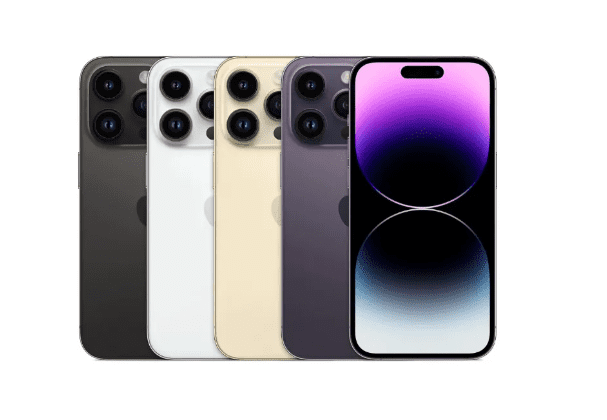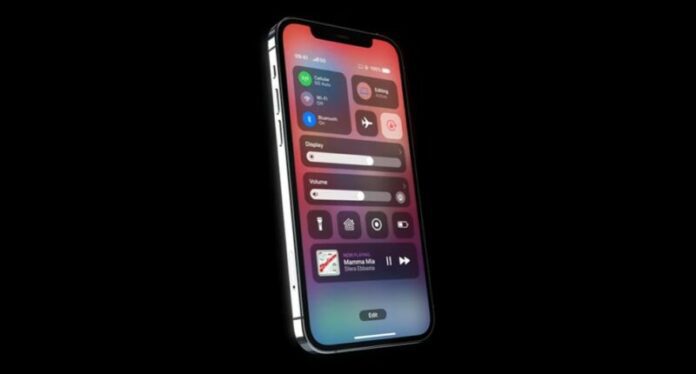iPhone
Top 5 Smartphone Brands’ Market Share in Q1 2023: Samsung and...
Samsung leads in Q1 2023. The smartphone industry has always been highly competitive, with new brands entering the market every year. The first quarter...
iPhone 15 will lead to the discontinuation of a few older iPhone...
It is rumored that following the release of the iPhone 15 series, tech giant Apple may retire some models of its older iPhone generations....
iPhone 15 Pro design revealed: Let’s see some sneak peek
Rumors about the upcoming iPhone 15 Pro are already making rounds on the internet. Recently, 9to5Mac exclusively shared some basic CAD images of the...
iPhone might be getting a revamped control centre with iOS 17
Whether the iPhone X will work with iOS 17 is a recent hot topic. The iPhone X, 8, and 8 Plus are all A11-based...
Samsung Display enjoy iPhone 15 series OLED display orders as BOE...
Chinese display giant looks to be out of race to produce OLED panels for iPhone 15 base models, Samsung Display takes its place
Earlier this...
Apple will bring various highy-anticipated features to its iOS 17
Apple released iOS 16 last June, which included a ton of front-end features and changes. While the company just released iOS 16.4 to the...









